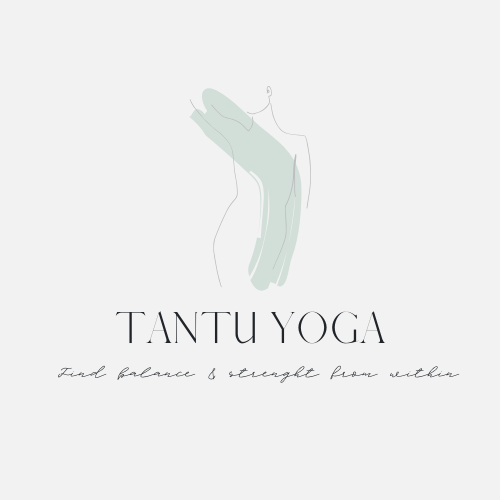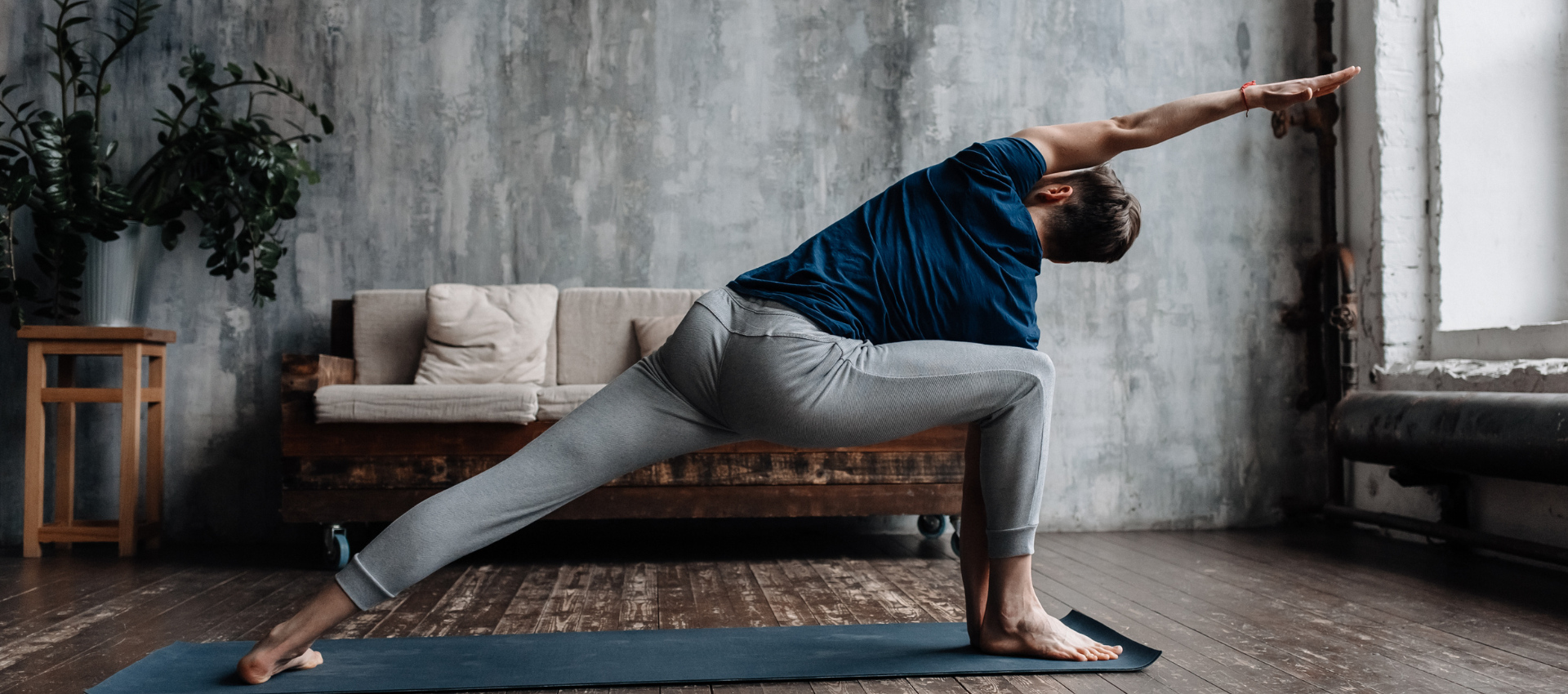Tantu Yoga is a unique form of yoga developed by Yvanca Loeff. This innovative approach blends traditional yoga postures with the science of fascia, creating a more therapeutic yoga practice. By understanding the interconnection of muscles, fascia, and movement, Tantu Yoga helps distribute tension throughout the body, aiming to restore or maintain balance and improve overall well-being.
What Is Fascia and How Does It Impact Your Body?
Fascia is a connective tissue that forms a continuous network throughout the body, connecting muscles, bones, and other structures. It plays a vital role in stability, movement, and balance. Fascia is interconnected in a way that tension or dysfunction in one part of the body can affect other areas through specific pathways known as myofascial meridians.
When these fascial lines experience stress, tension, or inactivity, it can lead to discomfort, stiffness, and imbalance. Tantu Yoga works to release these blockages and restore balance by targeting the fascial system.
building strength, which supports a resilient musculoskeletal system and promotes a deep sense of well-being.
How Tantu Yoga Restores Balance
Tantu Yoga goes beyond traditional stretching. Instead of simply lengthening muscles, we focus on creating space and softness within the fascial lines. By engaging specific poses and movements, we aim to hydrate the fascia, maintaining its natural elasticity and mobility. This targeted approach leads to improved overall balance, better posture, and increased flexibility.
Yoga as a Tool for Fascia Health
Tantu Yoga combines scientific principles with yoga practice to support the fascial system. The benefits of this approach include:
- Hydrating the fascial system: Keeping the fascia supple and hydrated is key to maintaining its natural function.
- Regulating tension: By promoting balanced tension throughout the body, we can alleviate discomfort and improve mobility.
- Supporting cellular balance: Yoga enhances the chemical balance of cells, contributing to overall health.
In addition to opening the body, Tantu Yoga also focuses on building strength, which supports a resilient musculoskeletal system and promotes a deep sense of well-being.

How Tantu Yoga Works
Each Tantu Yoga class is designed to release tension and encourage natural movement patterns along the fascial lines. These lines, such as the Deep Front Line and Spiral Line, are targeted to promote length, rotation, and compression in the body. This process helps stimulate fascial hydration and promotes fluid exchange.
Standing Poses
In the standing portion of the class, we hold poses for 1-2 minutes, focusing on building stability, muscle engagement, and dynamic hydration of the fascia. The gentle movement and compression help to distribute fluids throughout the body, improving the fascia’s resilience.
Seated Poses
During seated poses, typically held for 2-3 minutes, we focus on deep, passive release. This extended hold encourages the fascia to soften, allowing it to absorb moisture and release built-up tension.
Massage for Extra Support
To further support fascia hydration, we incorporate gentle massage techniques using massage balls. These movements help enhance fluid flow, promote elasticity, and target specific areas of tension.
The Benefits of Tantu Yoga
Practicing Tantu Yoga brings a range of benefits:
- Increased mobility, strength, and stability
- Improved hydration and suppleness of the fascia
- Reduced tension and pain
- Enhanced relaxation and energy
- Better posture and body awareness
- Boosted circulation and lymphatic flow
- A deeper mind-body connection
What to Expect in a Tantu Yoga Class
A typical Tantu Yoga class offers a balanced blend of breathwork, movement, and relaxation, all aimed at supporting the fascial system. Here’s how the class is structured:
- Breathing Exercises: The class begins with calming breathwork to prepare the nervous system and body for movement.
- Dynamic Warm-up: A warm-up sequence hydrates the fascia and improves flexibility, preparing the body for deeper work.
- Fascial Line Focus: We concentrate on specific fascial lines, like the Deep Front Line or Spiral Line, using standing poses to promote length and strength.
- Seated Poses: These longer-held poses target deep release and hydration of the fascia, allowing for maximum relaxation and stretching.
- Restorative Poses: The class concludes with gentle restorative poses and deep relaxation to help the body fully undwind.
Throughout the session, Yvanca offers personalized guidance, explaining how fascia functions and how movement influences the body’s overall health.
Who Can Benefit from Tantu Yoga?
Tantu Yoga is suitable for anyone seeking to improve their strength, flexibility, and balance. Whether you’re looking to alleviate tension, enhance your posture, or simply find a deeper sense of well-being, Tantu Yoga can help you achieve your goals. Experience the benefits of a practice that not only strengthens the body but also calms the mind and nurtures the fascia for a healthier, more resilient you.healthier, more resilient you.

Anatomy of the fiacial lines
Thomas Myers’ Anatomy Trains provides a scientific framework to align yoga poses with fascial lines. Here are some examples of these lines:
- Deep Front Line (DFL): Supports core stability and postural balance. Poses like Pigeon or Triangle activate and release this line.
- Spiral Line: Stabilizes rotation and balance. Rotational poses such as Twisted Triangle reduce tension and enhance flexibility.
- Superficial Back Line (SBL) & Superficial Front Line (SFL): Poses like Forward Fold and Camel Pose help balance tension in the back or front of the body.
- Lateral Line (LL): Side stretches, such as Gate Pose, increase mobility and strength along the sides of the body.
Tantu Yoga offers a unique blend of yoga and scientific insights. By supporting the fascial system, regulating tension, and restoring balance, Tantu Yoga helps bring your body and mind into harmony. Experience a new dimension of freedom of movement, stability, and well-being.

